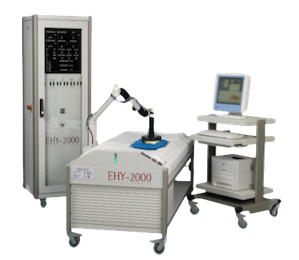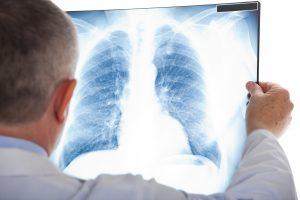
Oncothermia is a method of non-invasive modulated electromagnetic hyperthermia, complementary in the treatment against cancer, which promotes a natural regulatory process of the body. The brand Oncotherm® was founded in 1988 by Professor Dr. András Szász, as an initiative for the development and research of the electro-hyperthermia method in the treatment of cancer.

Treatment with Oncothermia started in Germany 25 years ago, and is currently used in more than 25 countries. Only in Germany is it in 4 hospitals and in more than 50 clinics functioning effectively. Every year more than 100,000 annual treatments are carried out worldwide
At the Oncothermia Barcelona Unit is the latest generation model: EHY-2000 plus, the latest technology to offer the best results

- Oncothermia is active in all solid tumors.
- No side effects, rare contraindications.
- Energy absorption combined with modulated electric field.
- Tumor tissue is treated selectively by destroying only the malignant tissue
- Healthy tissue is not affected.
- The effectiveness of chemotherapy and radiotherapy improves with treatment.
- Restores intercellular junctions, suppresses dissemination (metastasis).
- Oncothermia induces immunogenic cell death.
- It improves the quality of life, reduces the side effects of other treatments.
- A proven method for 30 years with more than 100,000 treatments per year.





